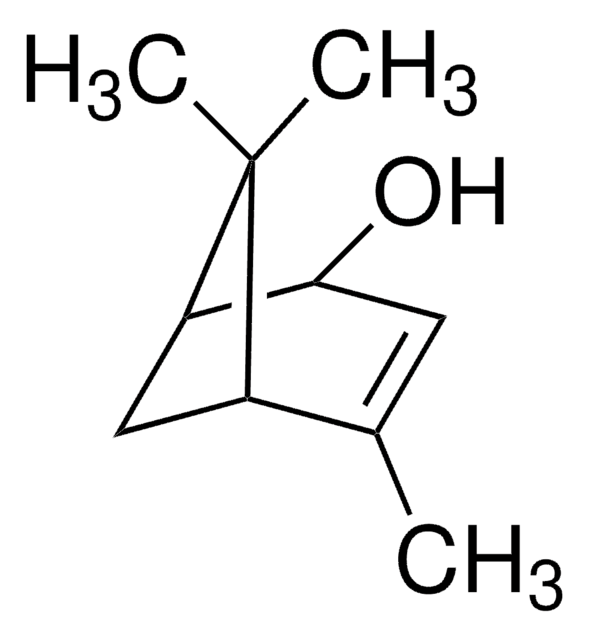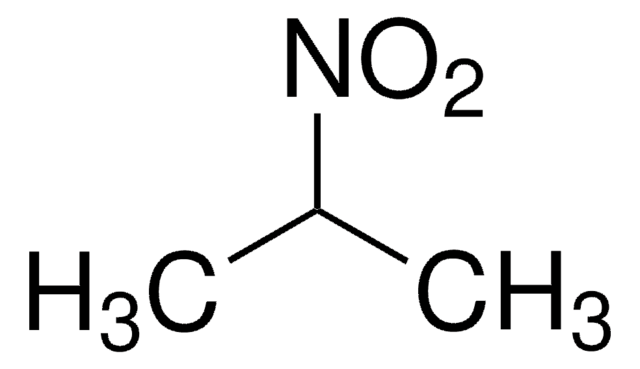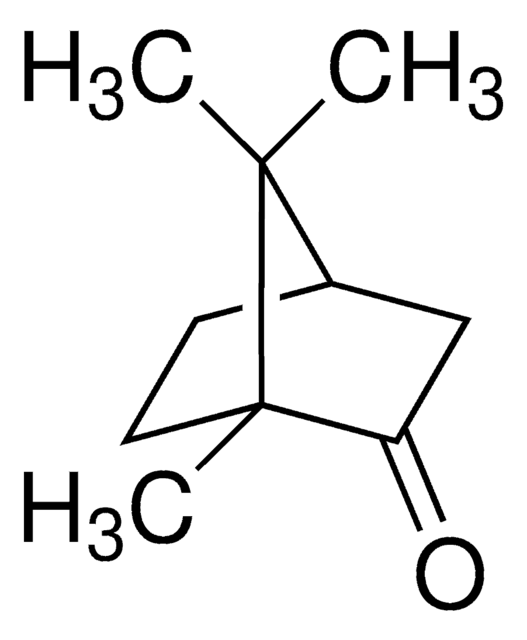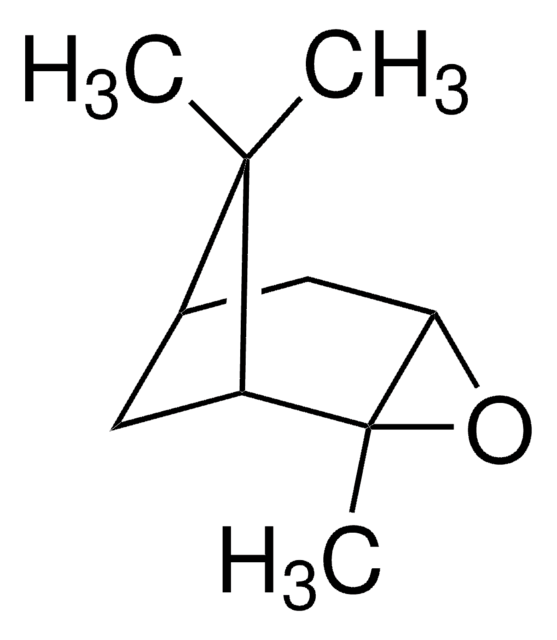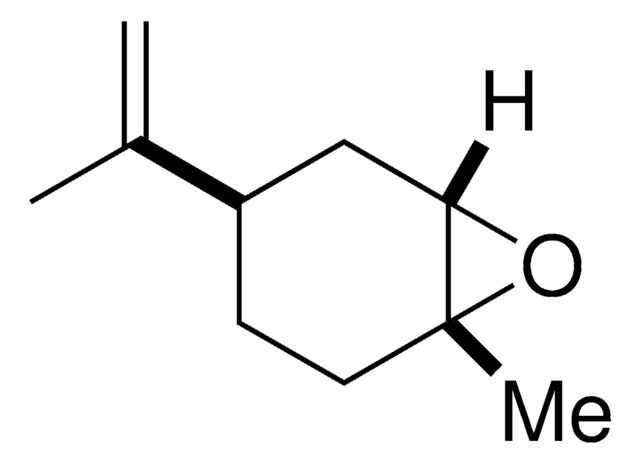192384
(−)-Carveol, mixture of isomers
97%
Synonym(s):
p-Mentha-6,8-dien-2-ol
About This Item
Recommended Products
Quality Level
Assay
97%
optical activity
[α]20/D −112°, c = 1 in chloroform
refractive index
n20/D 1.496 (lit.)
bp
226-227 °C/751 mmHg (lit.)
density
0.958 g/mL at 25 °C (lit.)
SMILES string
CC(=C)[C@@H]1CC=C(C)C(O)C1
InChI
1S/C10H16O/c1-7(2)9-5-4-8(3)10(11)6-9/h4,9-11H,1,5-6H2,2-3H3/t9-,10?/m1/s1
InChI key
BAVONGHXFVOKBV-YHMJZVADSA-N
Looking for similar products? Visit Product Comparison Guide
Related Categories
Signal Word
Warning
Hazard Statements
Precautionary Statements
Hazard Classifications
Eye Irrit. 2 - Skin Irrit. 2 - STOT SE 3
Target Organs
Respiratory system
Storage Class Code
10 - Combustible liquids
WGK
WGK 2
Flash Point(F)
208.4 °F - closed cup
Flash Point(C)
98 °C - closed cup
Personal Protective Equipment
Choose from one of the most recent versions:
Already Own This Product?
Find documentation for the products that you have recently purchased in the Document Library.
Customers Also Viewed
Our team of scientists has experience in all areas of research including Life Science, Material Science, Chemical Synthesis, Chromatography, Analytical and many others.
Contact Technical Service

